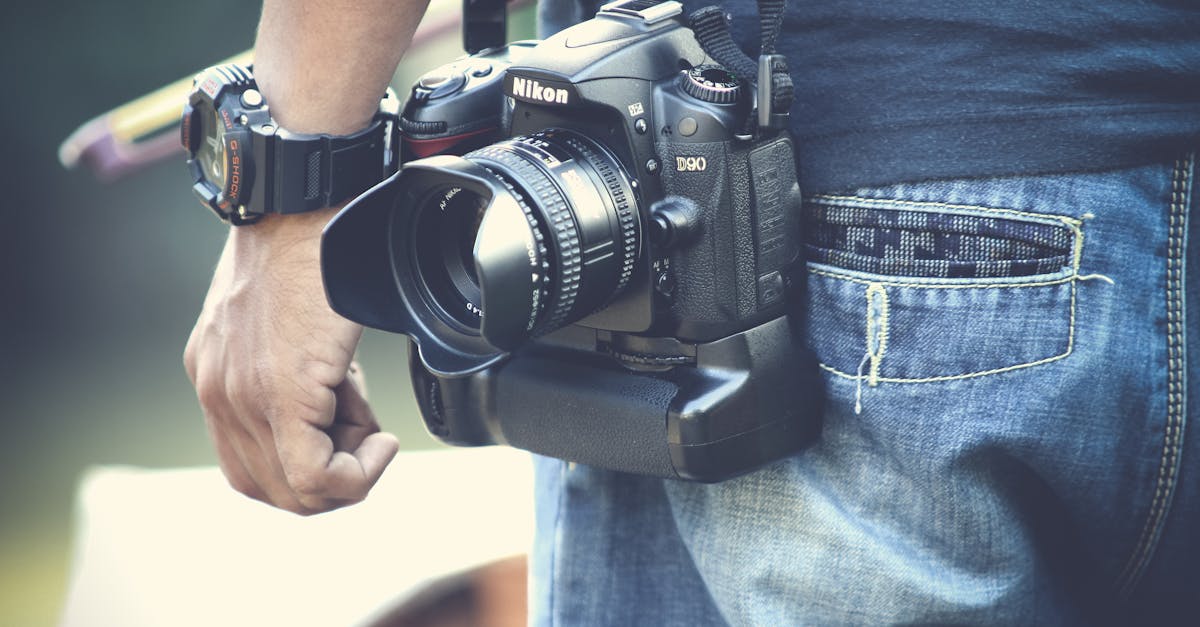Mastering the Art of Shooting Panoramas with Your DSLR Camera
For professional photographers, mastering the technique of shooting panoramas can be a game-changer. It's a skill that opens up unlimited creative possibilities. In this comprehensive guide, we will delve deep into how to shoot panorama on a DSLR camera. We'll cover the essentials, share pro tips, and ensure you're well-equipped to capture stunning panoramic shots.

Why Shoot Panoramas?
Panoramas allow photographers to capture wide-angle scenes in a single, seamless image. Whether you're shooting landscapes, cityscapes, or architectural marvels, panoramas can capture the grandeur and detail of the scene in a way that a single frame simply cannot.

Essential Equipment for Panorama Shooting
The Right DSLR Camera
While most modern DSLR cameras are equipped to handle panorama photography, certain models are better suited due to their higher resolution and better dynamic range. Consider investing in a camera that offers these features for the best results.
Sturdy Tripod
A sturdy tripod is crucial for maintaining consistent framing and avoiding camera shake. Make sure it's level and stable.
Pano Head
A panoramic head for your tripod can make stitching images easier by allowing precise control over your camera's movements.
Remote Shutter Release
Using a remote shutter release helps in minimizing camera shake, ensuring your shots are sharp and consistent.
:max_bytes(150000):strip_icc()/DSLR-camera-56e0b8ee5f9b5854a9f865ca.jpg)
Preparing Your Camera
Before you start capturing your panorama shots, ensure your camera settings are optimized for the best results.
Shooting Mode
Switch your camera to manual mode to have full control over the exposure settings. This helps in maintaining consistency across all the shots you take for your panorama.
Focus
Set your focus to manual and lock it. Autofocus can change between shots, causing inconsistencies in your panorama.
White Balance
Lock your white balance to prevent color shifts between frames.
Exposure Settings
Manually set your ISO, aperture, and shutter speed to ensure each frame has the same exposure. This is crucial for seamless stitching.

Capturing the Shots
Plan Your Composition
Planning your composition is key to capturing a successful panorama. Determine your starting point and the end point of your panorama. Overlapping your shots by at least 20-30% is essential for the stitching process.
Use a Level
Ensure your tripod and camera are level. This avoids distortion and makes stitching easier.
Panning Technique
Pan your camera smoothly from left to right (or vice versa), making sure to overlap each shot. It's usually easier to keep the horizon level if you start from the left and move to the right.
Taking the Photos
Shoot in RAW format to capture the maximum amount of data. This gives you more flexibility in post-processing.
Post-Processing
Importing and Organizing
Once all your shots are taken, import them into your editing software. Organize them in the sequence they were taken.
Stitching the Images
Use software like Adobe Lightroom or Photoshop to stitch your images together. These programs have built-in panorama stitching features that are both powerful and user-friendly.
Editing and Enhancing
After stitching, you may need to crop the edges to remove any uneven areas. Adjust exposure, contrast, and color balance to enhance your panoramic image.
Common Challenges and Solutions
Dealing with Distortion
Distortion can occur if your camera isn't level or if your lens has significant barrel distortion. Correcting these issues in post-processing can help, but it's best to minimize them during shooting.
Handling Moving Objects
Moving objects can make stitching challenging. In such cases, shoot quickly to minimize the movement across frames or use masks in post-processing to manually blend the frames.
Example of a Great Panorama
Check out this example of a stunning panorama shot with a DSLR camera. Notice the detail and seamless blending achieved by following the techniques mentioned earlier.
FAQ
Why is manual mode important for panoramas?
Using manual mode ensures that all your shots have consistent exposure settings, which is crucial for seamless stitching.
How much should I overlap my shots?
Overlapping your shots by 20-30% ensures that there is enough data for the stitching software to blend the images seamlessly.
Can I shoot panoramas handheld?
While it's possible to shoot panoramas handheld, using a tripod ensures consistency and reduces the chances of misalignment and distortion.
Conclusion
Mastering the art of shooting panoramas with a DSLR camera involves a mix of planning, technique, and post-processing. By following the tips and guidelines in this article, you'll be well on your way to capturing stunning panoramic images that showcase the full beauty of your scenes.
As an Amazon Associate, I earn from qualifying purchases.

